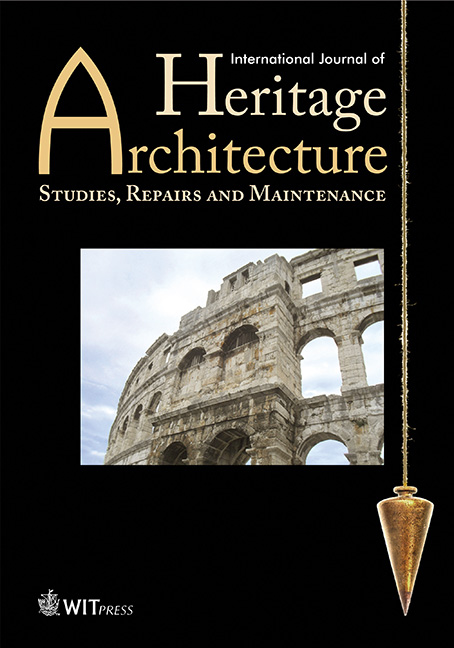HYDROGEOLOGICAL HAZARD IN THE UNESCO WORLD HERITAGE SITE OF CASTELSEPRIO (NORTHERN ITALY)
Price
Free (open access)
Volume
Volume 1 (2017), Issue 2
Pages
10
Page Range
256 - 266
Paper DOI
10.2495/HA-V1-N2-256-266
Copyright
WIT Press
Author(s)
E. DE FINIS, P. GATTINONI & L. SCESI
Abstract
This article describes the research activity carried out in the archaeological site of Castelseprio (northern Italy), dealing with the evaluation of the geomorphologic hazard and risk with regard to landslides and erosion processes for the historical site. A field analysis was conducted to reconstruct the geological and hydrogeological setting of the site, as well as its geomorphological characteristics. The aim was to identify the failure modes and their causative factors, which are mainly lithological, morphological and hydrogeological conditions. Collected data were stored in databases, and a GIS-based landslide susceptibility map was created from an inventory of landslide phenomena and other geological and geomorphological parameters that may directly influence landslides. Afterwards, the hydrogeological hazard was investigated, applying geological engineering methods in order to indicate the main causes of instability and the related remedial measures. Finally, the future development of the United Nations Educational, Scientific and Cultural Organization (UNESCO) site is discussed in order to guarantee its unity. With this aim, different hypothesis of pathways connecting the historical monuments are evaluated to find out the best solution.
Keywords
cultural heritage, erosion, GIS, Italy, landslide




